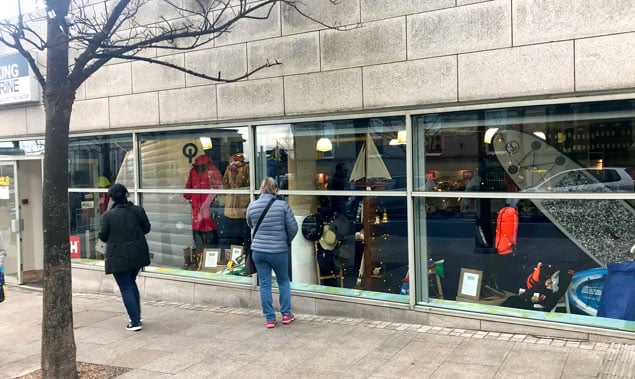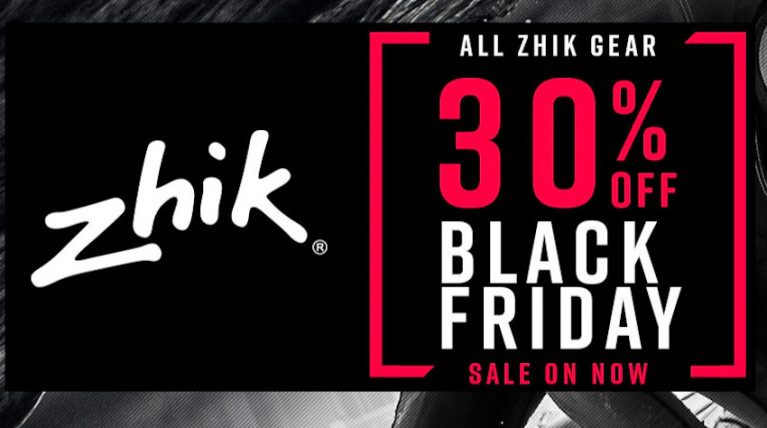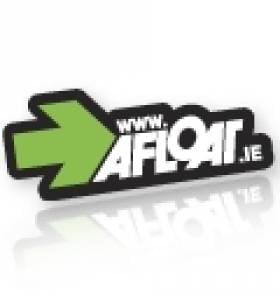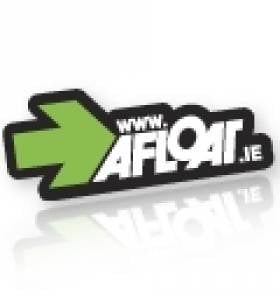Displaying items by tag: Sale
A Plus (Archambault A 31) is a smaller version of the renowned A35 from the drawing board of Joubert & Nivelt.
Here is a thoroughbred racer for bay & coastal racing and well able for offshore racing & passage making. With a ballast ratio of c 40% and a TCC of 975 this is a yacht that will perform against the bigger 36-footers.
Boarding the open stern one could be on a larger 35+ yacht. A large open racing cockpit which will accommodate a crew of 6/7 in comfort. Carbon tiller with a handle extension. Aft of the helmsman is a large lazarette hatch which will store a liferaft, fenders, fuel cans and the like. The mainsheet trimmer has to hand a 9:1 main and 8:1 backstay. Outboard there is a removable swim/MOB recovery ladder.
All running rig lines are led back to the cockpit with a row of clutches above the companionway. Lewmar 46 two-speed winches for the 105% foresail and two Lewmar 40’s on the coachroof. Barber haulers and jib card lead to the cockpit.
Below there is c 6 foot head room and a practical and well laid out interior that has a standard of finish that exceeds that of many contemporary racing yachts. To starboard there is a navigation station with timber finish and grey work top. Here there is the newly installed B&G Zeus. To the port side a galley with timber surround and grey work top. Here there is a two burner cooker and a cool chest. The varnished timber sole and table contrast with the white internal moulding of the cabin top and sides. Grey settee berths to either side with Alacantra type fabric with the Archambault red sail logo in the centre of each. The coordination of colour in the fabrics and materials makes for a pleasing and comfortable interior that has been coordinated by a designer rather than a production manager, the interior has comfort and style. The forward cabin is accessed by a grey zip flap that can be left open to facilitate the storage of long furled sails. There are plenty of internal grab rails. Aft to starboard is the heads with holding tank. There the fuel tank is stowed and with its opaque PVC allows for easy check on fuel level. The easy unincumbered access to the engine, gearbox and sail drive is a mechanics dream. On the opposite port side a zip flap access to the aft double cabin. Six berths in all.
The Archambault A 31 is the ideal club & offshore racing yacht with fast passage ability. “A Plus” is very well maintained with many upgrades and renewals. Viewing by appointment with Ronan Beirne of Leinster Boats - Network Yacht Brokers Dublin.
Read the full advert on Afloat here
Save Now in CH Marine’s Sailing & Leisure Wear Sale
Save now on CH Marine’s fantastic range of sailing and leisure wear as the Cork chandlery’s sale is now on.
Choose from items with the right combination of practicality and style from top brands like Musto, Zhik and Dubarry.
These include the Zhik Z-Cru fleece jacket for men and women, normally €165 but now on sale for only €96.95 — more than 40% off.
Stocks are limited so act quick and grab these great deals now!
CH Marine’s Black Friday Sale Continues with 20% Off All Musto Items
The Musto Black Friday Sale is now on at CH Marine, with 20% of all Musto items.
Save on a wide selection of clothing and accessories for men and women, including the exclusive range of merchandise to mark the Royal Cork Yacht Club’s Cork300 celebrations.
But as with CH Marine’s great Black Friday deals on Zhik gear, the sale is only while stocks last and must end this Monday 30 November.
Save 30% on All Zhik Gear In CH Marine’s Black Friday Sale
CH Marine’s Black Friday sale is here, with 30% off Zhik gear while stocks last.
Save on all Zhik’s quality footwear, luggage, sailing wear, leisurewear and accessories, which could make the perfect gifts for your loved ones — or a treat for yourself — this Christmas.
Click HERE to browse CH Marine’s full range of Zhik gear. But act quick as these deals will end midnight on Monday 30 November.
Save On Zhik With CH Marine’s Black November Sale
CH Marine’s Black November sale is now on, with exceptional discounts on up to 100 Zhik brand items.
Save up to 50% on the price of unisex dinghy smocks, men’s and women’s fleeces and Aroshell jackets, deck boots, dry bags and much more while stocks last.
Click HERE to see all the Zhik bargains on offer and explore the full range from the Cork chandlery online.
Viking Marine’s August Sailing Wear Sale Is Now On
Viking Marine’s Pavilion shop might be closed today (Sunday 25 August) owing to the road closures for IRONMAN 70.30 Dun Laoghaire.
But the new clothing sale which started on Friday continues this week, with big bargains to be had from top sailing wear brands.
Save 15% off all Helly Hansen and Rooster clothing — and up to 50% on certain items — both in store and online.
Viking Marine’s Black Friday Deals Now Available
Viking Marine’s Black Friday specials are now available — but be quick as these deals only last till Monday 26 November.
Get the best savings on selected Helly Hansen bags — with up to 50% off — and get 40% off the Wave Regatta Zhik Z-Cru Jacket.
Helly Hansen washbags (black only) and Jack Wolfskin backpacks are discounted by 30%, while you can save 15% on Seago Lifelines and Marine Pool Aero lifejackets, as well as International Cruiser 250 and Precision antifouling.
 Viking Marine's eye-catching Christmas Window display on Marine Road, Dun Laoghaire
Viking Marine's eye-catching Christmas Window display on Marine Road, Dun Laoghaire
In addition, there’s 10% off binoculars, the Seago offshore lifejacket, Seago inflatable danbury, and the Harken range.
All are available online and in store, with more daily promotions on offer in store at The Pavilion on Marine Road in the heart of Dun Laoghaire.
Be sure to follow Viking Marine on Facebook, Instagram and Twitter for the latest updates.
All Eyes On Viking Marine’s Black Friday Deals
Viking Marine in Dun Laoghaire has something special in store for this year’s Black Friday sales.
Be sure to visit next Friday 23 November for exclusive savings and major discounts on clothing, safety equipment, boat hardware and more.
And be the first to know about Viking Marine’s Black Friday deals — as well as getting inditer tips on regular discounts, exclusive offers, sailing tips and more besides — by signing up for their email newsletter.
Follow Viking Marine on Facebook, Instagram and Twitter for the latest updates.
Boats are Selling - Get Your Boat Sold on Afloat.ie
#BOATS FOR SALE – In spite of the doom and gloom boats are still selling through Afloat and we've had good news from one customer this week who sold his yacht within a few weeks of the advert going up on the Afloat boats for sale site.
Cork sailor Ian Travers advertised his Quarter Ton yacht Bandit in May for €11,500 and we received a letter yesterday telling us the deal was done and his yacht was sold. Well done to Ian and we look forward to seeing him and the new owners of Bandit on the water in 2012!
Here's Ian's note which maybe of interest to those considering selling over the winter lay up period.
Dear Afloat,Just a quick note to let you know I have sold my Quarter Tonner 'Bandit'.
I am sure you will be glad to know I received loads of interest from the online advertisement I placed with Afloat.
As soon as the ad was placed, I started receiving enquiries from people who saw her on your website.
Categorically she would not have sold as quick had I not advertised with afloat.ie.
I would now be grateful if you could list the boat as being sold.
Thank you for your efficient service and I would not hessitate in recommending your service to anyone wishing to sell their boat.
Kind Regards,
Ian Travers
To advertise (€10) on Afloat's boats for sale website click here
Squib Racing Keelboat is for sale
A 1978 Squib called Pegasus that has a new mast, new running rigging and new standing rigging is for sale on the Afloat Boats for Sale site at €4,950. The Squib is an active racing class in Ireland and this example appears to be' ready to race'. She's complete with a Silva Mast compass, braked road trailer, deck cover and new Dick Batt Pink Spinnaker. All the details on our boats for sale site here.




































































